November 2, 2025
Bond Street – London’s most elegant street
For two centuries, Bond Street in London has remained a scene of elegance, where architectural details harmonise with the rhythm of footsteps echoing across the sandstone of Mayfair. Here, light reflects off shop windows like the surface of a river — differently on each side, because Old Bond Street and New Bond Street, although they form a single story, have different rhythms. The south is intimate and refined, while the north is more spectacular, fast-paced and focused on showcasing the power of brands.
Here, the shopping experience does not begin with a transaction. It begins with a conversation: with an advisor who remembers the customer’s previous choices; with a watchmaker who talks about the calibre as if it were a living being; with a jeweller who can interpret the colour of light and match it with a stone. Bond Street functions like a well-designed salon — discreet but hospitable; respectful of time but unobtrusive. It is no coincidence that it is here, between the lettering of old signs and the geometric order of shop windows, that the language of jewellery craftsmanship resonates so naturally. Anyone who follows contemporary trends in jewellery will find echoes of the renaissance of workshops and manufactories, which we wrote about in more detail when analysing the return of avant-garde workshops and work on form, material and production ethics — this trend can be seen today in many London salons, which combine history with a contemporary view of beauty and responsibility (see ‘The renaissance of avant-garde jewellery. Why manufactories are returning to the top’). In practice, this means more custom designs, greater sensitivity to precious raw materials and a desire to give objects a character that will outlast seasonal fashions.
It is also difficult to overlook the role of watches here: Bond Street is one of those places in Europe where the savoir-faire of horological brands resounds with full force. This environment favours brands with a strong identity, and it is no coincidence that many connoisseurs treat a visit here as an encounter with history encapsulated in a calibre. The context is complemented by the world of great jewellery houses, where archives, iconic collections and contemporary interpretations of legendary lines coexist, creating a dialogue between the past and what is yet to come. When we analysed the significance of brands such as Cartier and their influence on the culture of sophistication, we pointed out that it is on the thoroughfares of Bond Street that the extent of this story is most evident — from watchmaking to haute joaillerie (see ‘Cartier — one of the world’s leading luxury brands’).
However, Bond Street is not just about shop fronts, but also about the architectural continuity that builds London’s identity. When you look away from the shop windows, you notice the rhythm of the windows and restored details that combine 19th-century ambitions with today’s conservation craftsmanship. Mayfair in this part is like a musical score – precise but lively. On one side, there are galleries and auction houses adjacent to the street, and on the other, there are side passages where time passes a little slower. It is worth going beyond the most photographed addresses and entering the smaller gateways: there you will find studios where objects are created that later find their way into private collections. London’s sense of scale teaches humility here — even the most spectacular shop window becomes part of a larger story about a city that does not lose touch with the rhythm of everyday life.
For visitors from outside the UK, Bond Street can be a guide to sophisticated choices. Interior design, fragrances, shoes, jewellery, timepieces — everything is within a few minutes’ walk, but nothing is accidental. The best experiences begin with appointments and conversations with consultants who can guide you through the selection process in an unobtrusive manner, tailored to your real needs. The city operates in the background: Bond Street is just a few steps away from Green Park, a dozen or so from Berkeley Square, and a little further from the new symbols of the London skyline. This combination of the ritual of choice and proximity to important landmarks makes a day spent in this area a logical plan. If we add to this the investment side of London, we can treat a walk as part of a larger project: understanding how the city combines aesthetic capital with infrastructure capital. In our analysis of real estate on the Thames, we noted that London’s most recognisable addresses operate within a network of transport, cultural and commercial connections — proximity to Bond Street is often a measurable value for investors and residents (see ‘Westminster Tower: redefining luxury living on the Thames’).
Visits are also encouraged by the rhythm of the city, where major cultural events intertwine with everyday life. London has a talent for celebrating tradition without pathos and for turning its streets into scenes of collective experiences. We remember how, on historic occasions, the city was able to unite the energy of the crowds with the elegance of the decorations — this dimension of communal experience returns like a refrain every time flags, decorative banners and music appear on the main thoroughfares. Bond Street, though far from the excitement of the stadium, remains part of this city identity — more subtle, but equally distinct.
If one were to try to capture the essence of Bond Street’s appeal, it would be consistency. Consistency of similar brands. Consistency of service that recognises intentions and works with the customer’s time, not against it. Consistency of materials: marble, wood, fabrics and metal, which defend themselves not with a label, but with the quality of their touch. And also consistency with the spirit of craftsmanship, which is once again in vogue — whether in jewellery, bespoke tailoring or leatherwork. London provides good conditions for these practices to flourish, and Bond Street is one of the places where this is most evident.
Practice suggests planning visits in advance. Bond Street rewards punctuality and attentiveness. Booking a consultation, confirming the availability of the collection, time for fittings. It is also worth leaving some time for a conversation about personalisation: engraving, choice of stones, watch strap options, non-standard ring sizes. The city is conducive to this mode of operation, as within a short walk you will find excellent places for lunch, a quiet coffee and a moment to breathe, after which it is easier to make a final decision. It’s not about rushing, but about rhythm.
Bond Street shows how consistency in service, architecture and communication creates an address that is a value in itself. It is an inspiration not only for shopping, but also for building your own projects — from boutiques to private art collections. London, viewed from this perspective, is not so much a city as a well-functioning ecosystem of choices. In this ecosystem, Bond Street acts as a barometer: if you want to know where fashion, jewellery and shopping culture are heading, this is the place to go.
Bond Street does not impose itself. And perhaps that is its advantage: in a world of excess, it is able to maintain the rare art of selection. So if London has an address where aesthetics meet pragmatism, it is Bond Street.
Author: Luxury Boutique




